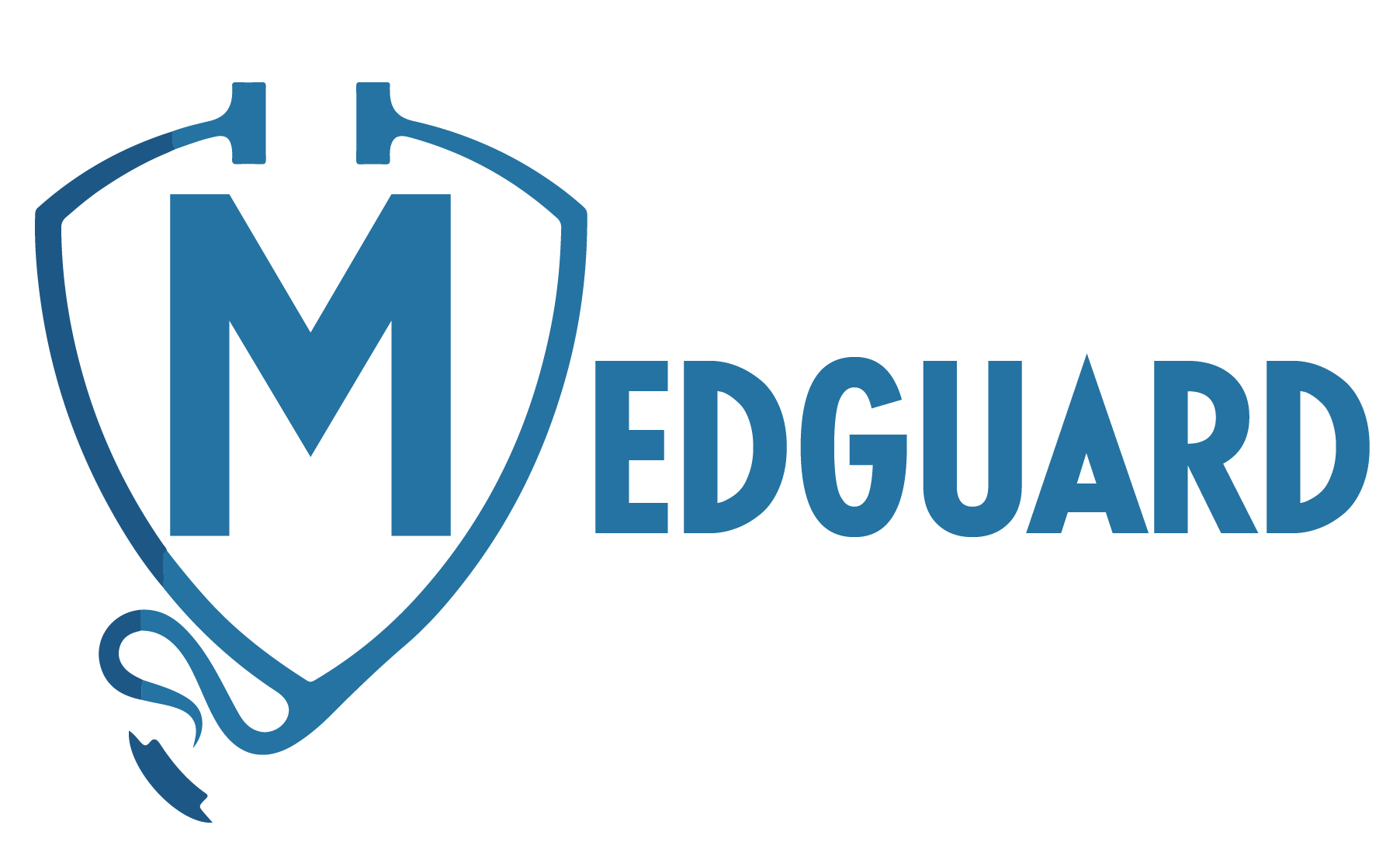
Embracing Technology After 65: The Latest in Glucose Monitoring Innovations
If you are 65 or older and have been diagnosed with diabetes, know you’re not alone. In fact, 15.9 million American seniors are living with the condition.
Thankfully, technology has become an integral part of our daily lives, allowing us to manage our health effectively.
One area where this is particularly evident is glucose monitoring for people over 65 with diabetes.
With these advancements in technology, traditional methods of tracking blood sugar levels are being replaced by innovative solutions that make managing diabetes easier and more efficient than ever before.
In this blog post, we’ll explore the latest innovations in glucose monitoring and how they can empower you to take control of your health confidently.
The Importance of Glucose Monitoring for Diabetics Over 65
As we age, our bodies experience changes that can make managing diabetes more challenging. That’s why regular and accurate blood sugar monitoring becomes even more important for seniors.
Regular glucose monitoring helps you maintain stable blood sugar levels, reduces the risk of complications, allows for timely adjustments in medication and diet, and enables you to prevent emergencies associated with fluctuations in glucose levels.
By consistently monitoring your glucose levels, you can take proactive measures to ensure a better quality of life and minimize the impact of diabetes-related health challenges.
Traditional Methods vs Technological Innovations for Glucose Monitoring
Traditional methods and technological innovations for glucose monitoring offer different approaches to tracking blood sugar levels in individuals with insulin-dependent diabetes.
Let’s compare these two methods:
Traditional Methods
Fingerstick Glucose Meters: Traditional glucose monitoring involves pricking a fingertip to obtain a small drop of blood. The drop of blood is then placed on a test strip and inserted into a glucose meter. The meter provides a blood glucose reading within a few seconds.
Although it’s widely accessible and relatively affordable, traditional glucose monitoring:
– Requires multiple finger pricks throughout the day, which can be painful and inconvenient.
– Provides point-in-time readings and missing trends between measurements.
-Can lead to less frequent monitoring due to the discomfort associated with finger pricking.
Technological Innovations
Continuous Glucose Monitoring (CGM) Systems: CGM systems use a sensor inserted under the skin to measure glucose levels continuously.
The sensor sends real-time data to a device or smartphone, allowing users to monitor trends and make informed decisions about their diabetes management.
Some CGMs even offer customizable alarms that alert users when their blood sugar reaches high or low levels.
CGMs:
- Provide real-time data and trend information, enabling better management.
- Reduce the need for frequent finger pricks.
- Alert users to potential high or low glucose levels.
Other Tech Options for Tracking Blood Sugar Levels and Managing Diabetes
In addition to CGM systems, emerging technologies show promise for future developments in diabetes management technology. However, it’s important to note they are still being researched and tested for accuracy and reliability.
Some of these include:
- Mobile Applications (Apps). Various mobile apps help you track blood sugar levels, manage your diet and exercise, and monitor overall health. Some apps also offer features for logging meals, setting reminders for medication, and providing educational resources on diabetes management.
Smart Insulin Pens and Pumps. These devices help precisely deliver insulin doses. They often come with connectivity features that allow you to track your insulin intake, monitor patterns, and adjust dosages accordingly. - Telemedicine Services. Telemedicine platforms enable you to consult with healthcare providers remotely, facilitating continuous monitoring, feedback, and guidance on diabetes management. These services often integrate data from various monitoring devices to provide personalized care and support.
- Smart Glucose Meters. Advanced glucose meters now come with data storage and the ability to sync with mobile apps for seamless data tracking. Some smart meters can also provide personalized recommendations based on the recorded data.
- Wearable Health Technology. Various wearable devices, including fitness trackers and smartwatches, can monitor physical activity, heart rate, and other health parameters. Some of these devices can integrate with glucose monitoring systems to provide a more comprehensive overview of health and wellness.
Tips for Overcoming Any Technology Barriers
Embracing technology can be a game-changer for seniors with insulin-dependent diabetes looking to manage their glucose levels effectively.
If it seems daunting, rest assured there are some helpful tips to overcome any technology barriers you may encounter:
- Seek Support. Reach out to family members, friends, or even support groups who have experience with using technology for diabetes management. They can provide guidance and help troubleshoot any issues that arise.
- Start Slowly. If you’re new to using technology for insulin-dependent diabetes, start by exploring simpler options like smartphone apps or wearable devices that sync with your phone.
As you become more comfortable, you can gradually incorporate more advanced technologies into your routine.
Take Advantage of Tutorials. Many device manufacturers offer online tutorials or videos explaining how to use their products effectively. Take time to watch these tutorials and familiarize yourself with the features of your chosen device.
- Consult Healthcare Professionals. Your healthcare team is an invaluable resource in navigating the world of glucose monitoring technologies.They can recommend specific devices based on your needs, provide ongoing support as you get accustomed to using them, and integrate them into your diabetes management plan.
- Stay Informed. Keep up-to-date with advancements in glucose monitoring technologies by reading articles, attending seminars/webinars, or joining diabetes-related forums online.
Being informed about the latest innovations will empower you to decide which device is the best glucose monitoring system for your needs.
- Establish a Routine. Consistency is key to successful glucose monitoring with technology. Set aside dedicated times each day to check and record your readings using whatever device(s) you choose.
- Know When To Ask For Help. Don’t hesitate to ask for assistance if you’re struggling with a particular technological aspect of managing your blood sugar levels.
Be it from loved ones, caregivers, or tech-savvy individuals, it’s important not to let technological challenges hinder effective disease management.
How to Choose the Best Glucose Monitoring System
Choosing the best CGM system involves considering several key factors to ensure the device aligns with your lifestyle, preferences, and health needs.
Here are some essential considerations to guide your decision:
- Ease of Use. Choose a user-friendly CGM system that is easy to operate, especially if you are not accustomed to using advanced technology. Look for devices with simple interfaces and clear data monitoring and interpretation instructions.
- Comfort and Wearability. Choose a CGM system that is comfortable to wear. Consider the size and design of the device, ensuring it is convenient and discreet for your daily activities.
- Accuracy and Reliability. Prioritize CGM systems known for their accuracy in measuring blood glucose levels.
Look for devices with a track record of reliable data and consistent performance, as this is crucial for making informed decisions about insulin-dependent diabetes management and overall health.
- Compatibility with Other Devices. Ensure that the CGM system you select is compatible with any other devices you use, such as smartphones, tablets, or insulin pumps.
Compatibility allows for seamless data sharing and integration, enabling a comprehensive overview of your health and wellness.
- Data Accessibility and Analysis. Look for a CGM system that provides easy access to your glucose data and offers comprehensive analysis tools.
Consider devices that allow you to view trends, set alerts, and share data with your healthcare provider, facilitating collaborative decision-making and timely adjustments to your diabetes management plan.
Medguard Medical Supply Offers the Best Glucose Monitoring System
Medguard Medical Supply is pleased to provide the FreeStyle Libre 14-Day sensors and the FreeStyle Libre 2 system.
The CGM system checks your blood sugar without pricking your finger. You don’t need to code or calibrate it! Plus, you can set alerts on your smartphone.
Ask your doctor about prescribing this Continuous Glucose Monitoring Kit.
You can also call us at 800-407-2491 to speak with our courteous team.


